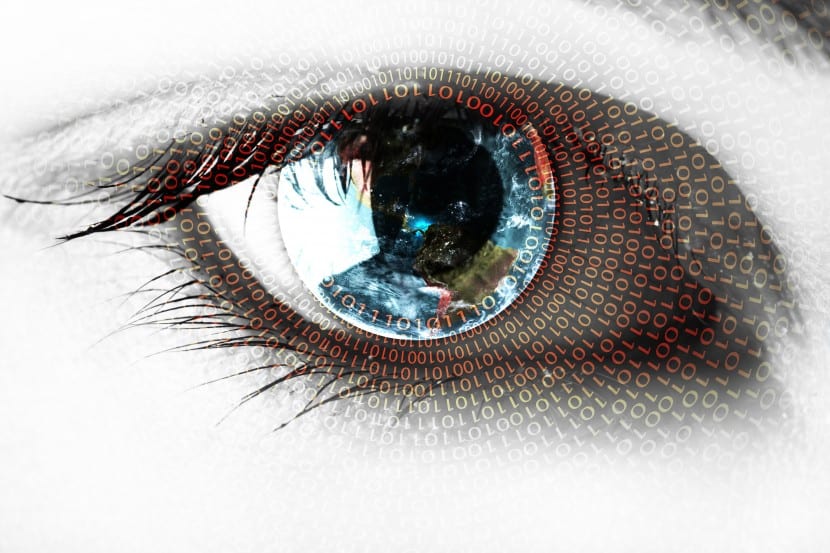
Video technologies available today are digital. When they were not yet mature, experts argued that digital video was much worse than analog, because the latter contained more information. Although this was true at first, it is no longer true today. The advances made in recent years have made it possible to capture much more information from each image and this is applicable both in the professional field and in the amateur field. Just a decade ago, users had analog video recording systems capable of barely representing 250 lines, whereas with today's digital systems, images with more than 500 lines can be obtained, that is, more than double. Video images at the moment are also digital throughout the entire process, from capture through transmission, storage and editing, to representation on the latest generation screens. This is of great importance. While with analog video clarity and image definition were lost with each step and with each manipulation to which the original was subjected, with digital video there is no type of aberration or wear between generations.
As you know, the term video generation is used to define the results of the successive manipulations to which the video is subjected. When we dump the original on the pc, we have a first generation. If we correct the color of the image to eliminate a yellow cast, for example, the result will be a second generation video, and so on. In old analog video, the more generations, the lower the quality.
Camcorders have a peculiar way of capturing images. They don't capture them as a continuous surface as you already know. They do it using pixels, which is the minimum unit of measurement. To do this, they divide the image into small proportions and assign each of them various mathematical values based on the intensity of light and the dominant color in each fragment. Each pixel corresponds to a cell on the CCD. The information from all the cells is grouped into an information pack corresponding to the complete image so that an image processor can later reconstruct it. The reconstruction is carried out point by point, placing us in order and with the required colors and intensities. It is a process that is completed in thousandths of a second.
Keep in mind that to understand the video signal, you must know two concepts: luminance and chrominance. The luminance represents the illumination of the signal, something like the monochrome image with its various intensities of gray. Chrominance provides information about the intensity of color of the image, but through the proportion that it has of each of the primary colors: red, green and blue.
As you can see, we are talking about images instead of videos, as if camcorders actually take pictures; You wouldn't be far from reality if that's how you interpret it. You will know that the cinema is not a moving image, but the very rapid succession of 24 frames per second. Due to a phenomenon of human perception called Persistence of visionWe are not able to visualize the images separately, but we see them as a continuous movement. It is curious because although after decades of film and television we have learned to distinguish these moving images from reality, the first spectators who attended a film projection fled terrified before a train that was heading towards the screen, because they had not yet learned to identify the cinematic image from the real one. In fact this happened when projecting the filming of the Lumiere brothers «Larrival of the train to the station of la ciotat»
The truth is that video and film are very similar, although they vary in technology for capturing images. Silver emulsions are used in cinema, while video takes advantage of the ability of light to convert into electricity and vice versa. However, when we watch a video film, it is not continuous. We are actually looking at a succession of digital photographs, at the rate of 25 frames per second. The reason is that in Spain the television system is used PAL (Phase Alternating Line), which represents the image by 625 horizontal lines, and displays 25 images per second. Surely you have also heard of the system NTCS (National Television System Committee), broadcast by the United States and Japan, which shows 30 images per second of 575 lines each. The specialists call each one of these images "picture", the translation of the English term frames.
Very interesting. Many thanks.